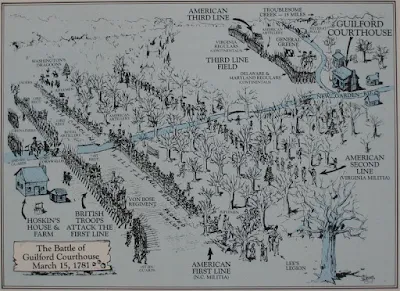Ensign Henry DeBerniere as an officer in the 10th Regiment of Foot in 1775. An enterprising officer with a talent for map making DeBerniere had undertaken spy missions in 1774 mapping routes out of Boston. He took part on the 19 April mission to concord to destroy the supplies gathered there. And he made a series if maps of Boston and the surrounding areas. One of his best maps is of the Charlestown Peninsula and British troop movements during the Battle of Bunker Hill.
There are a couple editions of this map on the internet. This one is from Geography and Map Division Library of Congress ( G3764.B6S3 1775 .B3 Vault) and is an excellent copy. The details of the map are outstanding and super useful to students if the battle or miniature wargamers wishing to refight the battle historically.
This enlarged section showed the area where the Howe landed his main force at Moulton's point; sent his light Infantry companies along the beach to turn the American flank and the Grenadier attack against the rail fence. The numerous fences slowed the British advance, and exposed them to small arms and cannon fire while trying to cross them. The Royal Artillery could not cross the fields due to these fences so went a round them and got stuck in the wet marshy ground at the base of Breeds hill. The routes if the 5th and 52nd regiments during the third attack are clearly marked.
A close up of the Light Infantry companies on the beach trying toout flank the American position along the rail fence. This area today is near the present Charlestown High school and still has a sharp drop which obscure it from the ground. The order of march for the light bobs are (from left to right) 23rd, 4th, 19th, 52nd, 43rd, 65th, 59th, 47th, 35th, 38th and 5th.
The final assault on the redoubt and breast work on Breeds hill. This is one of the very few maps which show how close Charlestown was to the hill and how snipers there effected earlier attacks. It also points out the barn which had to be taken before the final attack on the redoubt. Again fascinating details here like the extra flank companies position with the Marines and 47th regiments.



























